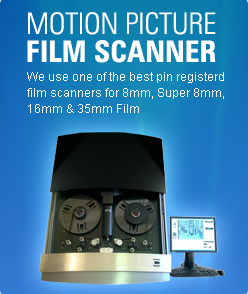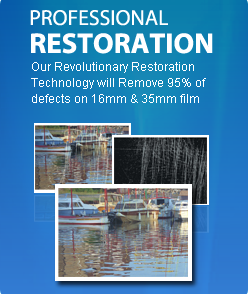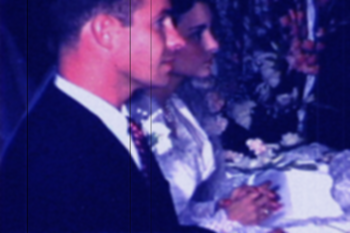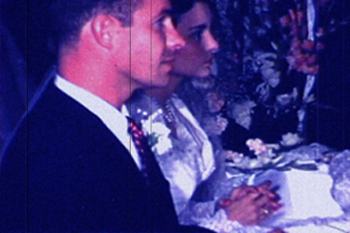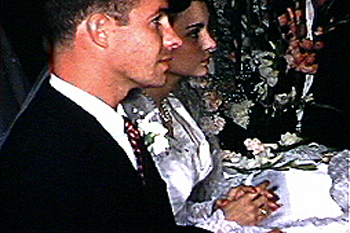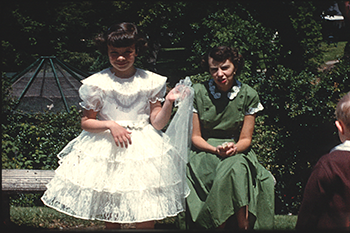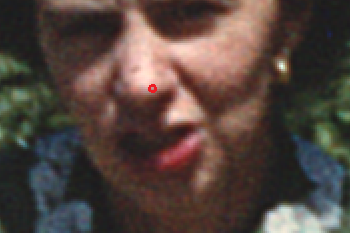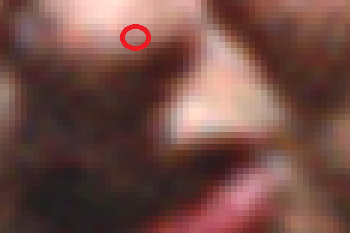
The first table shows how the same film looks using our 4 different processes. You can see that the difference can be significant for our Norwalk customers.
The second table presents a case for scanning 8mm and Super 8 film at 2K resolution. In the past year we have done 20 comparisons. Contrary to popular belief, we do see a noticeable difference in quality between our Pro HD and Pro 2K process on 8mm and Super 8 film.
8mm And Super 8 Film Norwalk |
|
SD Scan
|
|
Pro HD Scan
|
|
Pro 2K Scan
|
|
Pro 4K Scan
|
|
Film Resolution |
|
Resolution of Film |
|
Film Grain
|
|
Film Grain vs Digital Pixel
|
|
Professional films usually have access to the original camera negative in addition to work prints, answer prints, etc. It is always better to scan using the original camera negative.
Norwalk Fun Facts: Routes 1 and 7, and Connecticut State Highway 15 (also known as the Merritt Parkway). Founded in 1640 and incorporated eleven years later, Norwalk has counted agriculture, coastal trade, manufacturing and shipbuilding among its industries. Once nicknamed "Oyster Town", Norwalk has long relied on oyster farming as its principal industry which even today continues to make the city Connecticut's largest oyster producer. The city of Norwalk, part of Fairfield County, lies along the Long Island Sound in southwestern Connecticut about 33 miles southwest of New Haven and 48 miles northeast of New York City.
Connecticut Fun Facts: Hartford, in the north-central part of the state, is the capital. The state is roughly rectangular in shape, with a panhandle extending to the southwest on the New York border. In area it is the third smallest U.S. state, but it ranks among the most densely populated.
